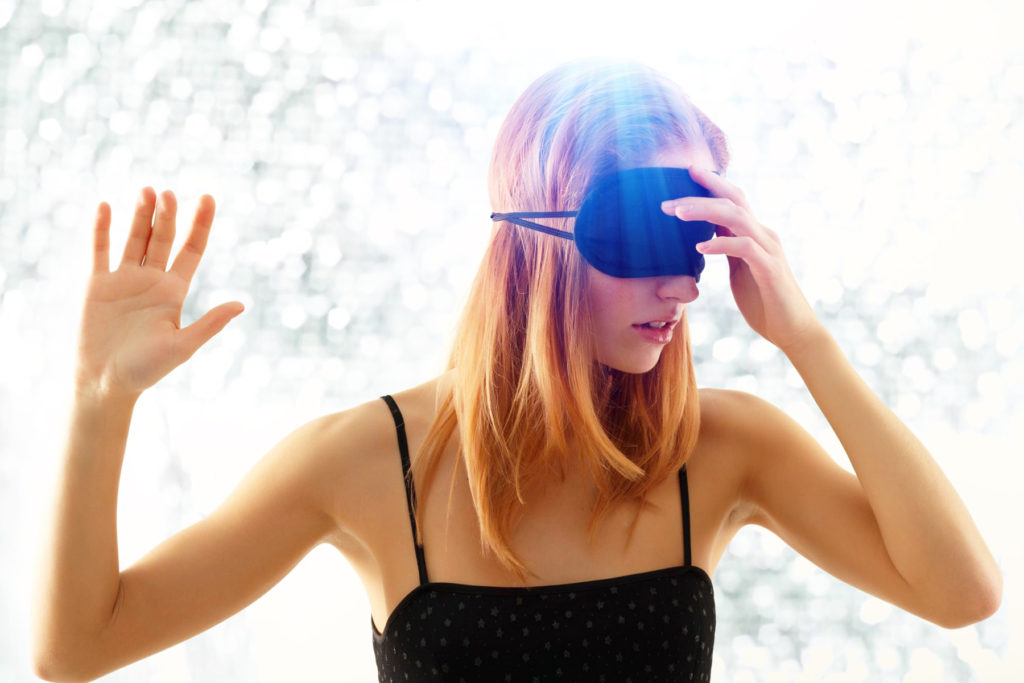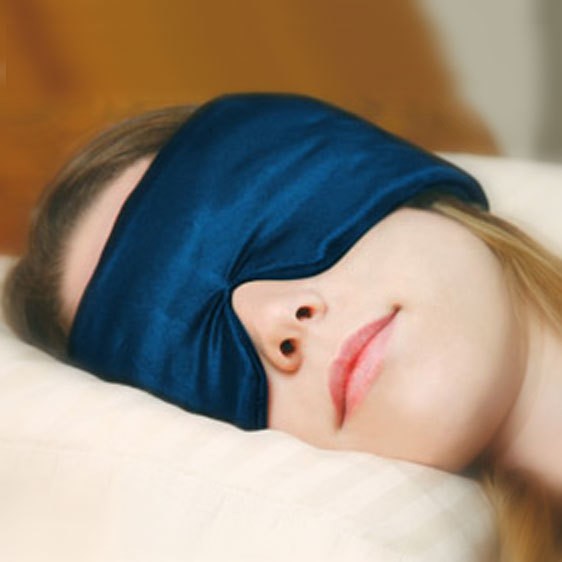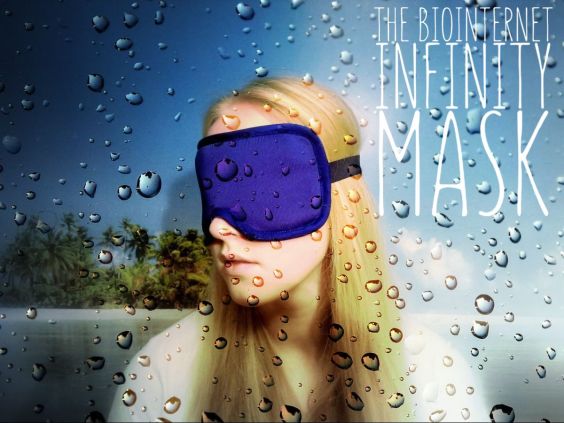The Biointernet Masks
Equipment for Creativity, Relaxation and Activation
The Biointernet Masks application
- Sleep mask
- Face mask
- Cosmetic mask
- Personal Development
- Devices for Yoga, Meditation, Lucid Dreaming, Intuitive Information Sight, Remote Viewing, Teleportation, Materialization and other the Biointernet modes (Practices)
The Biointernet Masks technologies
- Translighters technologies by Dr. Sergey Avdeev and Kirill Korotkov
- Intuitive Information Sight technologies by Dr. Boris Zolotov, BEZ

About The Biointernet Mask
The Biointernet Mask – a way to create a new “Me”, going beyond the limits of everydayness and “outside view” to organize and correct the Future.
Every day we use different masks. One mask for the work, another one for the home and family, the third one “Just for Fun!”, the fourth – when something is forgotten or lost, the sixth – when you are satisfied with the result, the seventh – for parents, the eighth – for unfamiliar people, and so on.
Conscious using of masks creates a common reality and shapes the future.

Imagine you had a tool that helps you make the world a better place for yourself, see it from a new and open perspective and that will lead you into unknown spheres.
The Biointernet Mask (Bionet Mask) is such a tool. It helps you develop a new vision of Quality, develop techniques to effectively implement your heart’s desires. It helps you notice things you had not noticed before and, through relaxation, enhances your creative potential.
The Biointernet Mask also has several curative effects such as an improvement of the microcirculation in the capillaries around the eyes, relaxation of the eye muscles and optic nerves, quickly relieves tired eyes, effectively helps to reduce the occurrence of eye disease and reduces edema, dark circles under the eyes and wrinkles around the eyes.
The cosmetic effect is the reduction of tension in the muscles and a rejuvenation of the skin. It will help soothe headaches, relieve insomnia and early morning eye swelling. It improves the blood circulation and improves delivery of oxygen to the tissues, promoting well-being and proper rest during sleep. Dreams are vivid and memorable.
Are the eyes of the main body of vision? It is known that the image of the eye is formed in the brain. The quality of the picture depends on how the brain processes information.
The brain receives information not only from the view but also from other receptors that help the brain navigate in the world. There are a number of schools that teach the formation of an image from the world of alternative sources of information.
The best known of these schools is International Society of Intuitive Information Sight developed some effective methods for Intuitive Information Sight (alternative vision, direct vision, Intuitive Information Sight, remote viewing, etc).

Bionet Sleep Mask
Sleep mask version of the Biointernet Mask Classic
About The Biointernet Mask
Sleep Mask Digital
Download Sleep Now!
Translighters Digital Technologies by Sergey Avdeev and Kirill Korotkov
The Biointernet Sleep Mask Digital – digital sleep mask version of the Biointernet Mask
Masks – objects that cover the face for variety of reasons. They are used for protection, disguise, entertainment or ritual practices and are made from various materials, depending of use. Earliest use of masks was for rituals and ceremonies, and the oldest found mask is from 7000 BC. Art of making masks could be older but because of the materials used for making them (leather and wood), they did not survive to this day.
Essential characteristic of hiding and revealing personalities or moods is common to all masks. As cultural objects they have been used throughout the world in all periods since the Stone Age and have been as varied in appearance as in their use and symbolism.
The Functions And Forms Of Masks
Masks generally are worn with a costume, often so complete that it entirely covers the body of the wearer. Fundamentally the costume completes the new identity represented by the mask, and usually tradition prescribes its appearance and construction to the same extent as the mask itself. Costumes, like the masks, are made of a great variety of materials, all of which have a symbolic connection with the mask’s total imagery. Ideally the costume should be seen with the mask while the wearer is in action.
The morphological elements of the mask are with few exceptions derived from natural forms. Masks with human features are classified as anthropomorphic and those with animal characteristics as theriomorphic. In some instances, the mask form is a replication of natural features or closely follows the lineaments of reality, and in other instances it is an abstraction. Masks usually represent supernatural beings, ancestors, and fanciful or imagined figures and can also be portraits. The localization of a particular spirit in a specific mask must be considered a highly significant reason for its existence.

They are usually worn on the face, although they may also be positioned for effect elsewhere on the wearer’s body. In parts of Australia, giant totem masks cover the body, while Inuit women use finger masks during storytelling and dancing.
The use of masks in rituals or ceremonies is a very ancient human practice across the world, although masks can also be worn for protection, in hunting, in sports, in feasts, or in wars – or simply used as ornamentation. Some ceremonial or decorative masks were not designed to be worn. Although the religious use of masks has waned, masks are used sometimes in drama therapy or psychotherapy.
One of the challenges in anthropology is finding the precise derivation of human culture and early activities, with the invention and use of the mask only one area of unsolved inquiry. The use of masks dates back several millennia. It is conjectured that the first masks may have generally been used by primitive people to associate the wearer with some kind of unimpeachable authority, such as “the gods” or to otherwise lend credence to the person’s claim on a given social role.
Social and religious uses
(The Functions And Forms Of Masks)
The oldest masks that have been discovered are 9,000 years old, being held by the Musée “Bible et Terre Sainte” (Paris), and the Israel Museum (Jerusalem).
Throughout the world, masks are used for their expressive power as a feature of masked performance – both ritually and in various theater traditions. The ritual and theatrical definitions of mask usage frequently overlap and merge but still provide a useful basis for categorization. The image of juxtaposed Comedy and Tragedy masks are widely used to represent the Performing Arts, and specifically Drama.
As indicated above, masks representing potentially harmful spirits were often used to keep a required balance of power or a traditional relationship of inherited positions within a culture. The forms of these masks invariably were prescribed by tradition, as were their uses. This type of mask was often associated with secret societies, especially in Africa, where the greatest range of types and functions can be found. They were also widely used among Oceanic peoples of the South Pacific and among American Indians.
High priests and healers, or shamans, frequently had their own powerful totems, in whose masks they could exorcise evil spirits, punish enemies, locate game or fish, predict the weather, and, most importantly, cure disease.

Classic Mask
The Biointernet Mask Classic
Sleeping mask with systemic adapters Translighters, which stimulate, through quantum physics, the parts of the brain, responsible for vision, intuition and creativity
About The Biointernet Mask
Masking in Psychology
Masking in Psychology is a process in which an individual changes or “masks” their natural personality to conform to social pressures, abuse, and/or harassment.
In cognitive psychology, Masking in Psychology is a technique that involves presenting one visual stimulus (a “mask” or “masking stimulus”) immediately after another brief (usually 30 ms) “target” visual stimulus resulting in a failure to consciously perceive the first stimulus.
Some examples of masking are a single overly dominant temperament, or humor, two incongruent temperaments, or displaying three of the four main temperaments within the same individual. Masking can be strongly influenced by environmental factors such as authoritarian parents, rejection, and emotional, physical, or sexual abuse. An individual may not even know he or she is wearing a mask because it is a behavior that can take many forms.
Masking in Psychology
is the deliberate and purposeful hiding, muting, silencing or removal of a stimulus from the target so they may no longer hear, see or sense its presence.MASKING: “By muting a stimulus in a auditory test, we are effectively masking it.”
MASKED DEPRESSION
is the deliberate and (potentially) dangerous hiding or masking of depressive mood swings in the personality of an individual. This maybe due misconceptions on treating depression and the social stigmas associated with mental illnesses.MASKED DEPRESSION: “Individuals who are scared or disagree with the labelling of conditions typically mask them, for example with masked depression.”
Masquerade (from Italian maschera ‘mask’)
1. the wearing of a disguise
2. a gathering of disguised or masked people.
3. a false show or pretence.
4. passed off as something else.
5. to assume the character of someone else.
6. to take part in a masquerade.
7. to pretend, to create a facade.
The Biointernet Mask helps to enable the formation of the visual image of these alternative information channels, which enhances and complements the image obtained through the optical channel.
By using appropriate techniques, using the Biointernet Mask, an alternative vision easily turns into a steady news channel: four-dimensional vision (see the contents of the vessel, hidden walls), X-ray vision (the vision of the internal organs), knowledge vision (visual image is not formed, but there is knowledge about the subject), increase and decrease in vision (visible in binoculars or a microscope), twilight vision (seen in low light and total darkness) and other interesting modes.
In order for an architect to create a project, it must first be submitted. The artist must first submit a picture, so that he could draw it. Each case will be more successful if you can imagine its final outcome. The better the imagination, the more successful any creative activity will be. The BIOINTERNET MASK helps to develop imagination and creative implementation. The more precise, vivid and harmonious an image is obtained, the more successfully dreams are realized. The BIOINTERNET MASK will help you create high-quality visualization, full of vitality and faith.
Masking (personality)
The term Masking in Psychology was first used to describe the act of concealing disgust by Ekman (1972) and Friesen (1969). It was also thought of as a learned behavior. Developmental studies have shown that this ability has begun as early as preschool and improves with age. In recent developmental studies, masking has evolved and is now defined as concealing one’s emotion by portraying another emotion. It is mostly used to conceal a negative emotion (usually sadness, frustration, and anger) with a positive emotion.
Each person masks their emotions differently. During one’s childhood, an individual learns to behave a certain way when they receive approval from those around them and thus develops a mask. The individual is “not conscious of the role they’ve adopted and is projecting outwards to people they meet”. In some cases where the individual is highly conscious, they may not know that they are wearing a mask. Wearing a mask takes away energy from our consciousness and, in the long run, wears out our energy. A person’s mask is noticeable when he or she is sick or weak as the individual will no longer have the power to keep the mask on.
The Mask and Poetry – W.B.Yeats
The Irish Nobel prize winning poet and playwright W.B.Yeats wrote many poems that reflected his strong interests in the workings of the human mind. Through his studies of the occult he built up a theory of the soul and worked on it throughout his life, creatively wrestling with the idea that he had an inner and an outer self.
‘I think that all happiness depends on the energy to assume the mask of some other self…’
As a shy and sensitive person he used theatre and drama as counter-balance, bringing Irish myth and history to the fore with his plays at the Abbey Theatre in Dublin.
His poetry changed over time, the lyrical beauty of some of his early work giving way to more complex, symbolic poetry.
The Mask is one such poem. Two lovers are engaged in a short question and answer session about Love, deceit and trust of the real self.
The Mask
“PUT off that mask of burning gold
With emerald eyes.”
“O no, my dear, you make so bold
To find if hearts be wild and wise,
And yet not cold.”
“I would but find what’s there to find,
Love or deceit.”
“It was the mask engaged your mind,
And after set your heart to beat,
Not what’s behind.”
“But lest you are my enemy,
I must enquire.”
“O no, my dear, let all that be;
What matter, so there is but fire
In you, in me?”
Infinity Mask
By using appropriate techniques, using Infinity Mask, an alternative vision easily turns into a steady news channel:
- four-dimensional vision (see the contents of the vessel, hidden walls),
- X-ray vision (the vision of the internal organs),
- knowledge vision (visual image is not formed, but there is knowledge about the subject),
- increase and decrease in vision (visible in binoculars or a microscope),
- twilight vision (seen in low light and total darkness) and other interesting modes.
Visual masking
Visual masking is the reduction or elimination of the visibility one brief (≤ 50 ms) stimulus, called the “target”, by the presentation of a second brief stimulus, called the “mask”. Introduced near the end of the 19th and beginning of the 20th century (Exner, 1868; McDougal, 1904; Sherrington, 1897; Stigler, 1911) and extensively studied since then, masking, an interesting phenomenon in its own right, is a useful tool for exploring the dynamics of visual information processing (Breitmeyer & Öğmen, 2006). As a technique for studying the dynamic and microgenetic aspects of vision, masking rests on the following assumptions:
– an interval, on the order of a few tens to two or three hundreds of
milliseconds, is required from onset of a stimulus to its measurable
effects on behavior or its conscious awareness;
– the information conveyed by a stimulus is actively processed during this interval;
– the processing can occur in several specialized, multi-level visual pathways;
– the responses to the mask and the target can interact at specifiable levels of processing.
Masking in Psychology
The Psychology of the Mask and The Real You
Andrew Spacey
Masks and Psychology
One famous name in the world of psychology gave great credence to the idea of the mask – Sigmund Freud. His theory of repressed emotions and energies in humans gave rise to the notion of individuals having a ‘second self’, a double, a mask worn to help them cope with the stresses and strains of real life.
Have you seen the movie The Mask, with Jim Carrey as lead role? He has a ‘stranger within’ who comes alive at certain times, becomes a wildly successful hero who just happens to wear a real, found, mask. The inspiration for that movie came from the work of Freud and others.
Masks have always fascinated me. The simple act of putting on a ‘different face’ and becoming a new person is something I’m naturally at home with. A mask can help to hide the real me.
As a drama teacher and producer of many plays I’ve seen over time how easy it is for a person to become someone else, with a new voice, new way of moving, new way of thinking and being. Just by covering their own face!
As with many aspects of our culture, the early Greeks introduced the idea of the persona – mask – into their plays and drama. The idea that you could be one person capable of displaying several personas stuck, and masks have played an important role in acting ever since.
‘All the world’s a stage’ wrote William Shakespeare, implying that we’re all pretenders some of the time. Many of his plays involve the use of character masquerade to highlight gender and social roles, issues that continue to be of relevance.
As 21st century humans you might argue that we’re always masquerading, putting on different masks for different situations? The serious mask for work, the clown’s mask for friends,the caring mask for family? Or are we constantly hiding our true selves behind these masks in order to preserve our status and dignity?
Are males more adept at masking their emotions than females? When the mask comes off and we look in the mirror who do we see? In the modern era psychologists have developed this notion – some use it in their work on identity theory for example.
What have the artists, writers and poets made of the mask? W.B.Yeats for example wrote extensively on the inner workings of the mind and emotions. He wrote poems on this subject and later on in this article I want to take a look at one in particular, The Mask, a poem about two lovers.
Masks can be bizarre, plain, scary and powerful. They add mystery and intrigue.
Resources:
